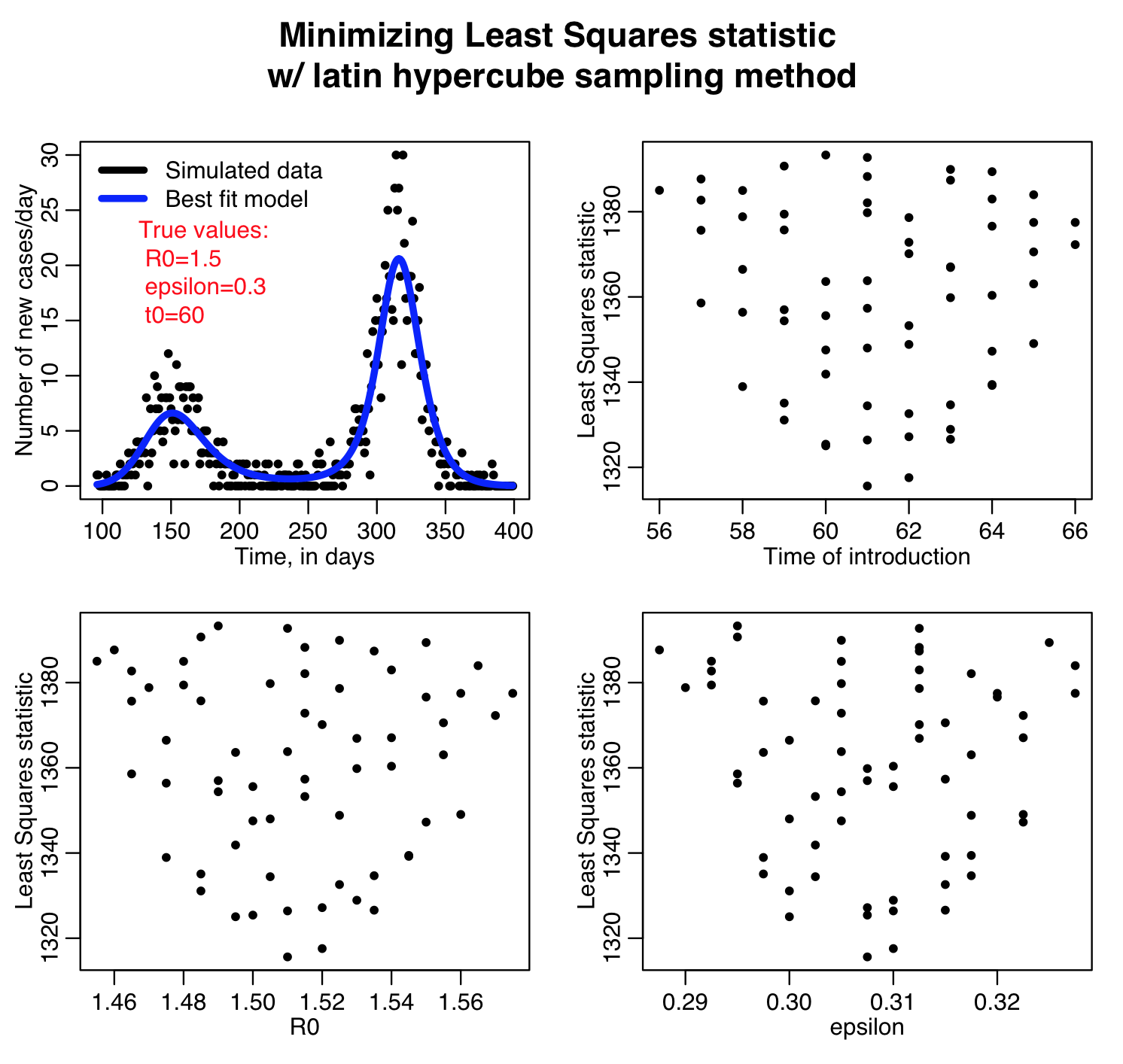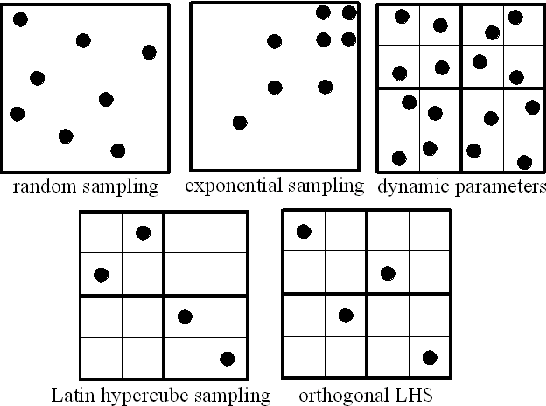
This sampling technique seems to be generally very useful, efficient and superior to other methods especially in the case of statistical, sensitivity and probability analyses of complex analytical models with random input variables. While this method is identical to the stratified sampling method when generating variables from univariate distributions, the process undertaken in this method to generate a. It is shown that Updated Latin Hypercube Sampling usually results in a substantial decrease of the variance in the estimates of commonly used statistical parameters and that the bias is quite small for a moderate number of simulations. McKay, Conover, and Beckman first advocated this sampling method in 1979 to deal with the generation of variables from multivariate distributions. Compared with other random or stratified sampling algorithms, LHS has a better space filling effect, better robustness, and better convergence character.

The aim of this paper is to compare estimates of certain widely used statistical parameters obtained by Updated Latin Hypercube Sampling, Latin Hypercube Sampling and Simple Random Sampling. The method is presented in order to obtain these specially modified tables. (Compared to most simulation results, this extra overhead is minor.) Use Latin Hypercube. The added expense of this method is the extra memory required to track which segments have been sampled while the simulation runs. It uses specially modified tables of independent random permutations of rank numbers which form the strategy of generating input samples for a simulation procedure. Latin Hypercube sampling requires fewer trials to achieve the same level of statistical accuracy as Monte Carlo sampling. The proposed method is an improved variant of Latin Hypercube Sampling. While performance of sampling algo- rithms in general depends on the numerical properties of a network, in our experiments Latin hypercube. Papers also reflect shifts in attitudes about data analysis (e.g., less formal hypothesis testing, more fitted models via graphical analysis), and in how important application areas are managed (e.g., quality assurance through robust design rather than detailed inspection).An efficient sampling scheme called Updated Latin Hypercube Sampling is presented. Monte Carlo auto-stop is an enhancement to Monte Carlo that optimizes simulation time.

The LDS sampling method replaces Latin Hypercube sampling because it is as efficient and supports Monte Carlo auto-stop. This includes an emphasis on new statistical approaches to screening, modeling, pattern characterization, and change detection that take advantage of massive computing capabilities. This can become a drawback of LHS compared to random sampling especially in the presence of a large sample size. Figure 2: Comparison of Random Variable values using Random Sampling and LDS Sampling. The comparison uses results from a model for two-phase uid ow obtained with three independent random samples of size 100 each and three independent Latin hypercube samples (LHSs) of size 100 each.

Papers in the journal reflect modern practice. Uncertainty and sensitivity analysis results obtained with random and Latin hypercube sampling are compared. Application of proposed methodology is justified, usually by means of an actual problem in the physical, chemical, or engineering sciences. Its content features papers that describe new statistical techniques, illustrate innovative application of known statistical methods, or review methods, issues, or philosophy in a particular area of statistics or science, when such papers are consistent with the journal's mission. The mission of Technometrics is to contribute to the development and use of statistical methods in the physical, chemical, and engineering sciences.


 0 kommentar(er)
0 kommentar(er)
